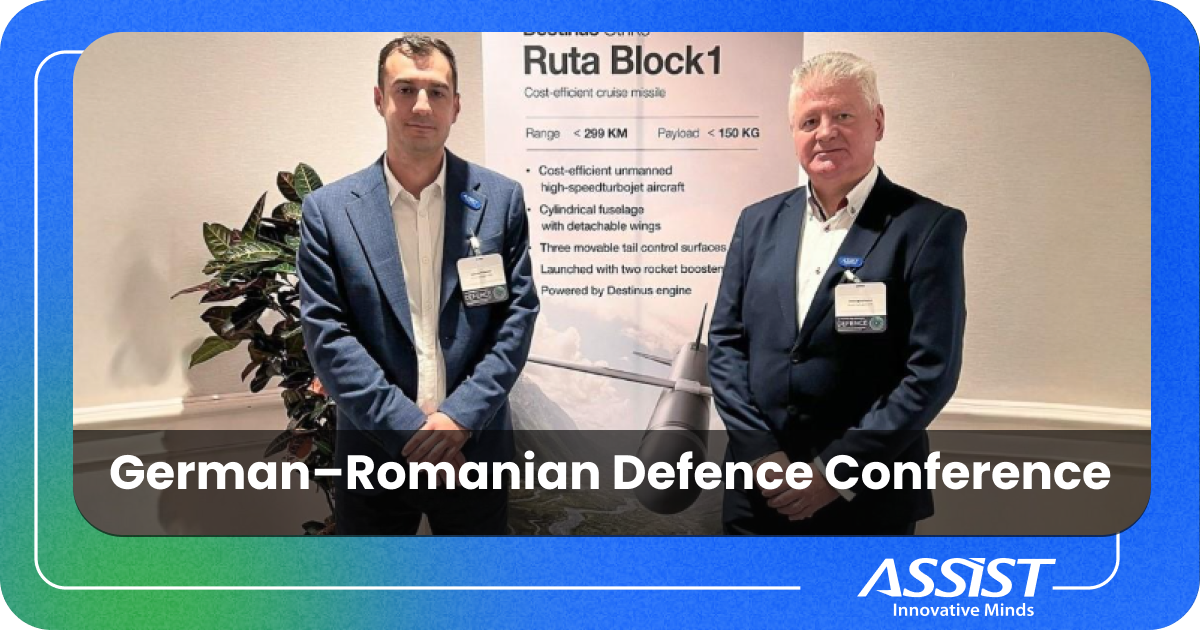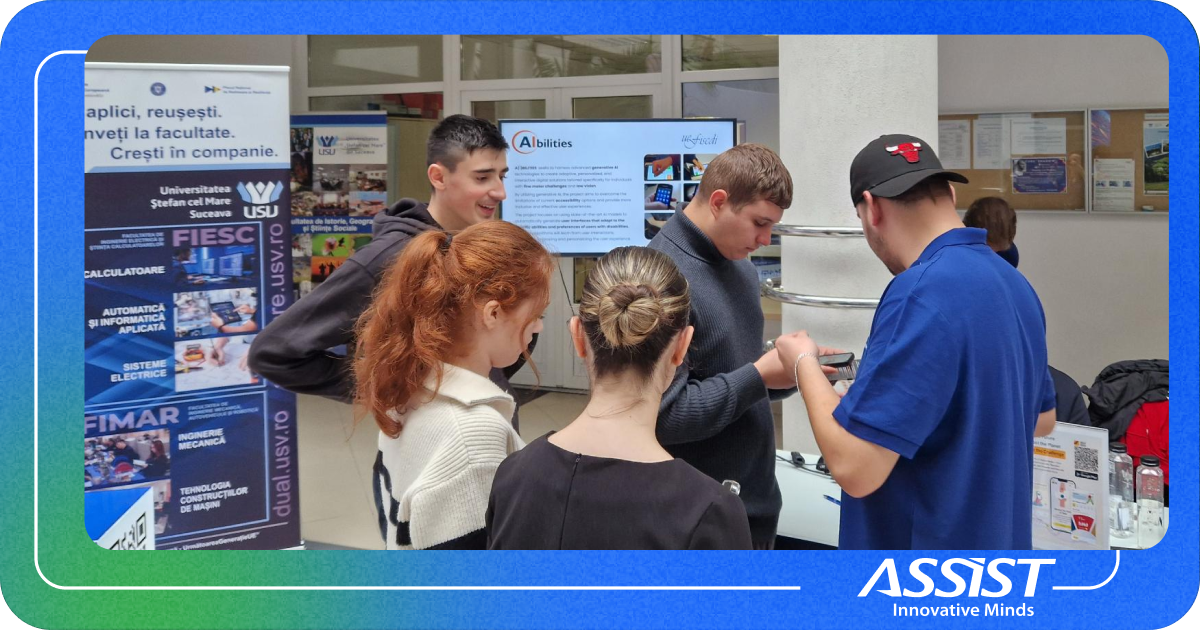Will Your AI Strategy Fail? What Is The AI Maturity Gap?
While reading Kyndryl's recent report, we were struck by a simple truth: most organizations already use AI, but very few use it effectively. This rings especially true in our daily interactions with enterprise clients across Europe and the US. Everyone's experimenting, but only a handful are operationalizing AI in a way that drives real value.
So what's holding them back? And what can your business do to stay ahead of the curve?
AI is certainly a development that should be on the radar for most organizations. That doesn’t mean you must throw massive amounts of capital into the game. Participating smartly and with discipline will allow you to stay on top of the new developments without betting the company on them. ~ Prof. Rita McGrath, Best-selling Author, Innovation and Growth Expert, Professor at Columbia Business School
The AI Maturity Gap
According to Kyndryl's data, nearly 7 in 10 organizations are deploying AI in some form. But there's a significant gap between early adopters and those who've embedded AI into core systems. This is what we'd call the AI maturity gap.
Our experience at ASSIST Software reflects a similar pattern: companies invest in pilots, proofs of concept, and narrow applications (like chatbots or data summarization). However, they need more guidance to scale these models across departments, products, or decision pipelines.
The root cause? It's rarely technical. Instead, there is a lack of true adoption and skilled implementation partners.
AI Without Engineering Is Just Imagination
AI doesn't live in a vacuum. You can have the smartest model in the world, but if your data pipelines are chaotic, your workflows are siloed, or your teams are misaligned, you won't see results.
What separates visionaries from experimenters is a strong foundation:
- Data readiness: Clean, structured, accessible data is still a huge bottleneck for many.
- Process alignment: AI should be embedded into how decisions are made.
- Custom engineering: Off-the-shelf solutions can only get you so far. Integration, testing, and scalability are engineering challenges at heart.
That's where teams like ours step in. At ASSIST, we've helped clients across industries move from AI experimentation to AI transformation by building tailored tools, adaptive UIs, and real-time decision systems that scale with their business.
Enterprise AI: Europe's Quiet Revolution
Interestingly, while the US dominates the narrative, Europe has its own AI moment, slightly less loudly. German manufacturers, French telecom giants, Romanian innovators (yes, we're biased) are all waking up to the productivity and personalization AI can unlock.
AI is now the backbone of digital modernization, from innovative ERP systems to compliance automation and predictive maintenance. However, many companies need help navigating the regulatory landscape, ethical constraints, and cultural resistance to change.
Our message to them is simple: Don't wait for perfection. Start with high-impact, low-risk use cases, measure fast, and iterate even faster.

Innovation Starts at the Edges
One of the biggest takeaways from Kyndryl's report is that innovation often comes from unexpected places. This is not from central IT or executive mandates but from domain teams, customer-facing units, and data-savvy managers who understand a specific pain point and see how AI can solve it.
These solutions are augmenting teams, ultimately letting human creativity scale with machine intelligence.
The Road Ahead: A Call to Innovators
At ASSIST Software, we believe in building for the long term, in asking hard questions, solving complex problems, and crafting AI-powered tools that are not just smart but meaningful.
Let's talk if your organization is ready to move from AI curiosity to AI capability.
Because the future is here, being built by those who act.



